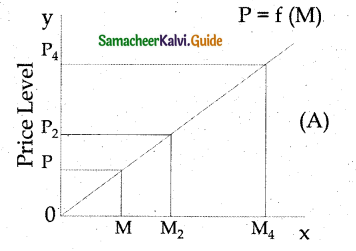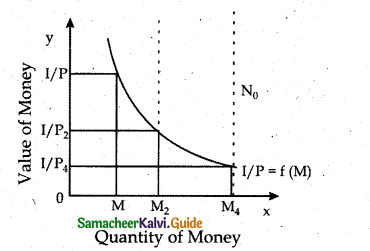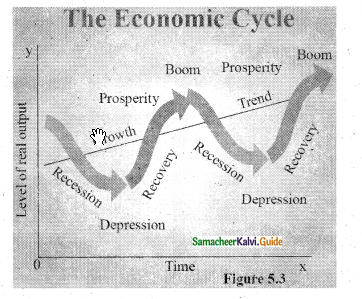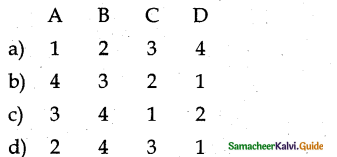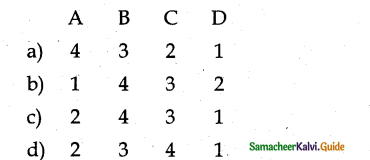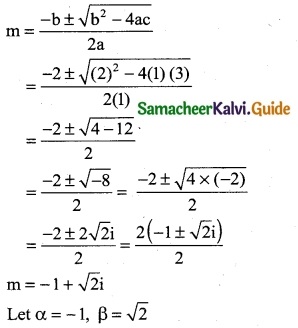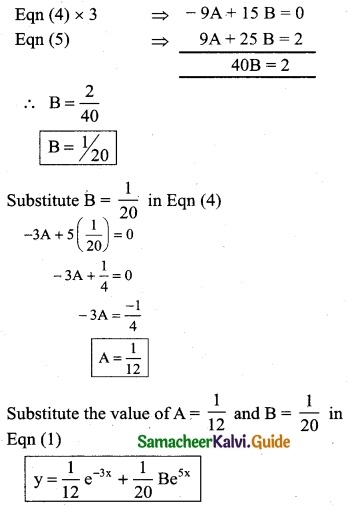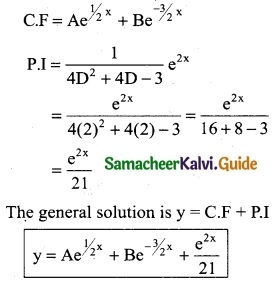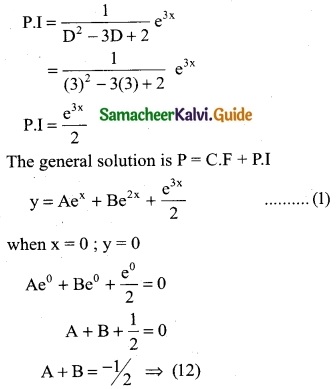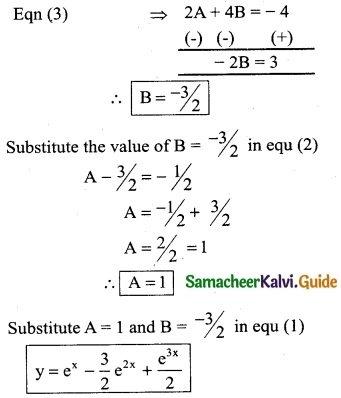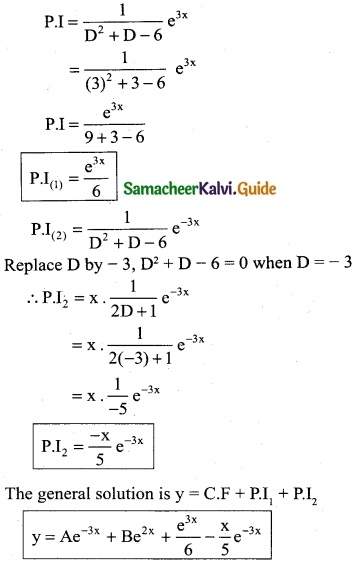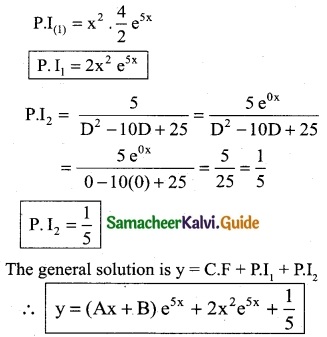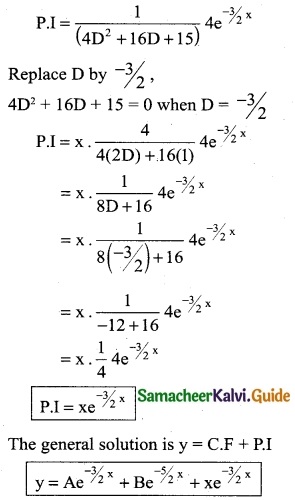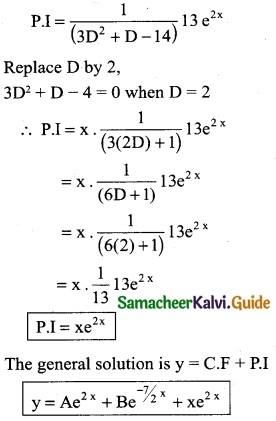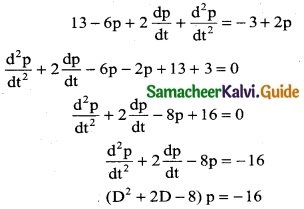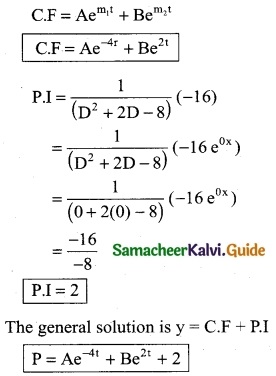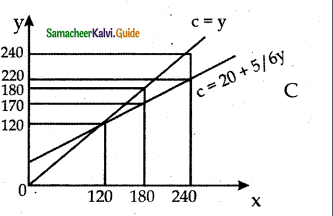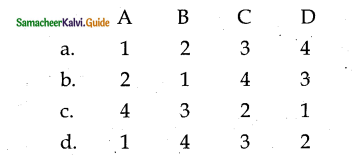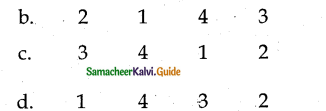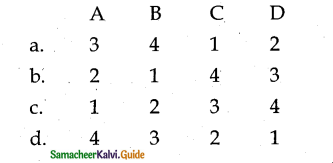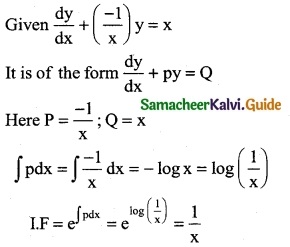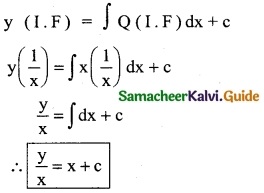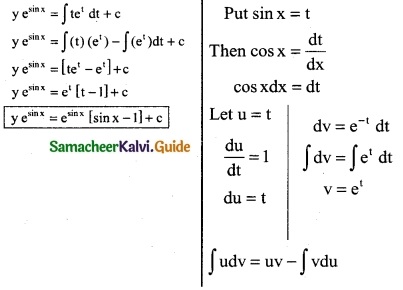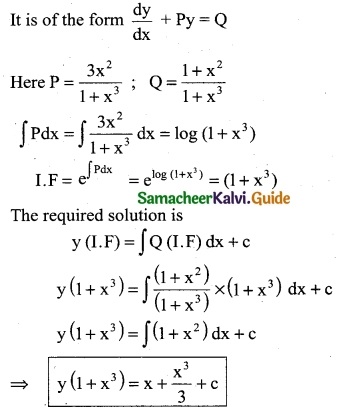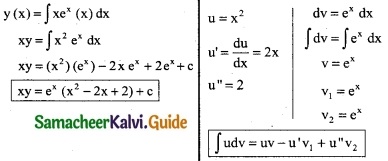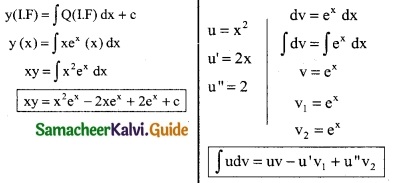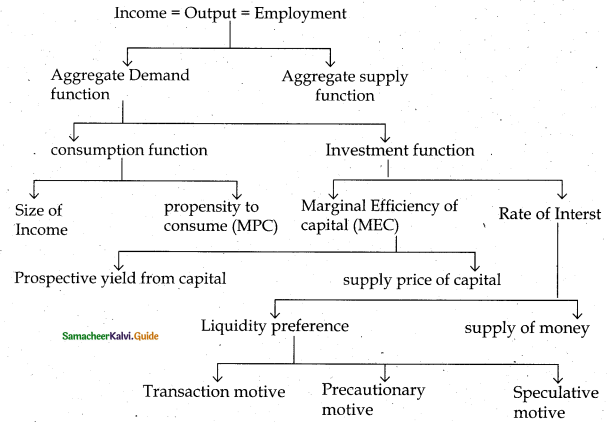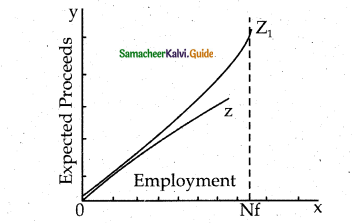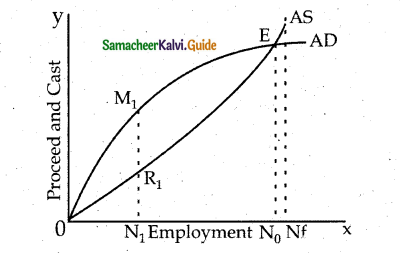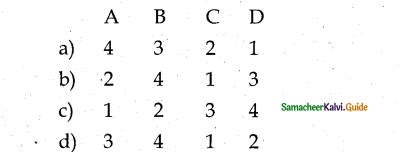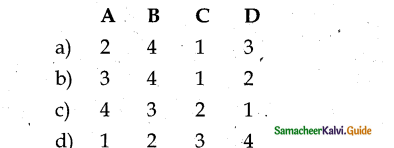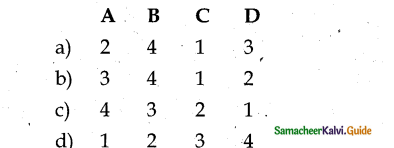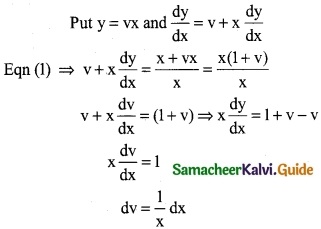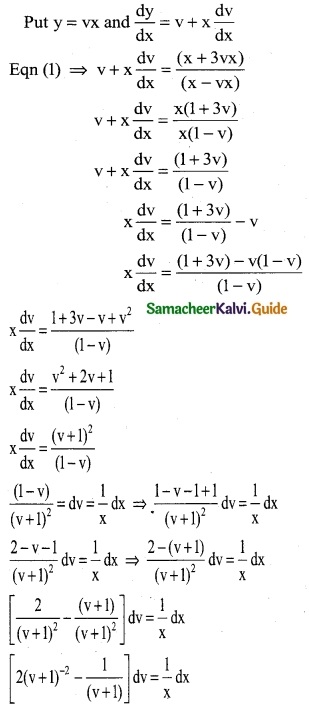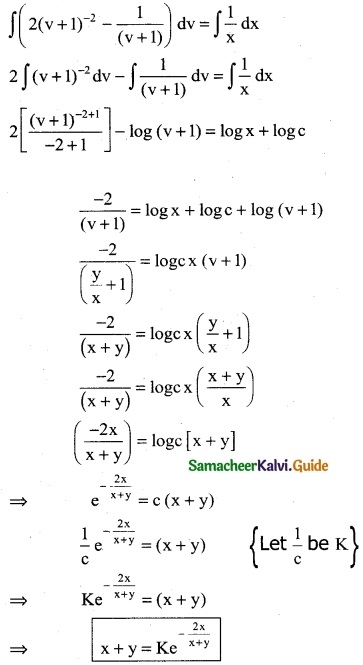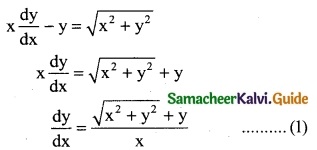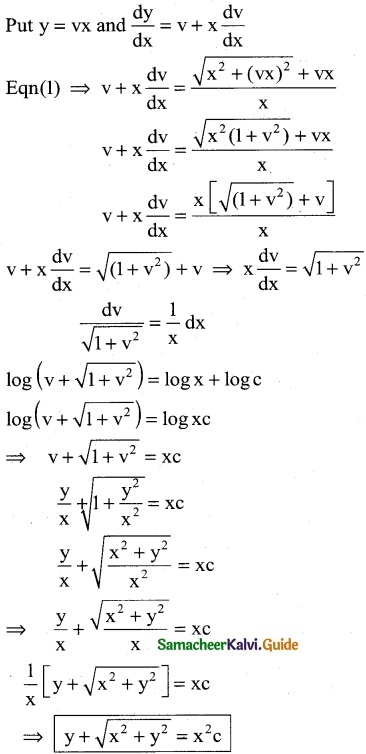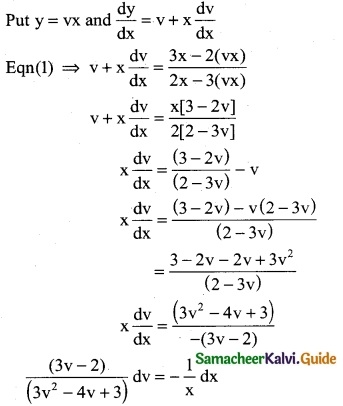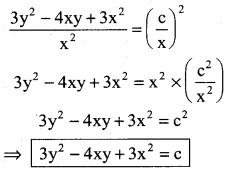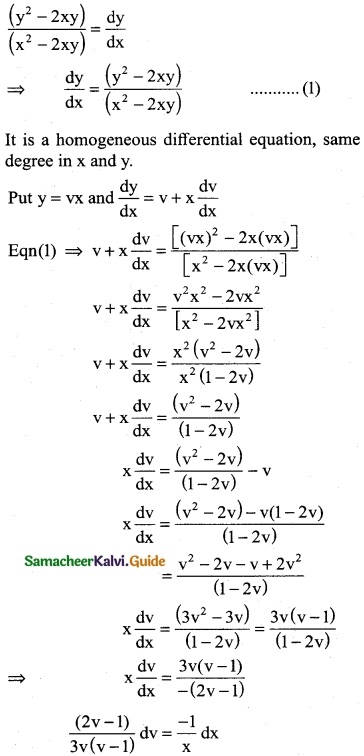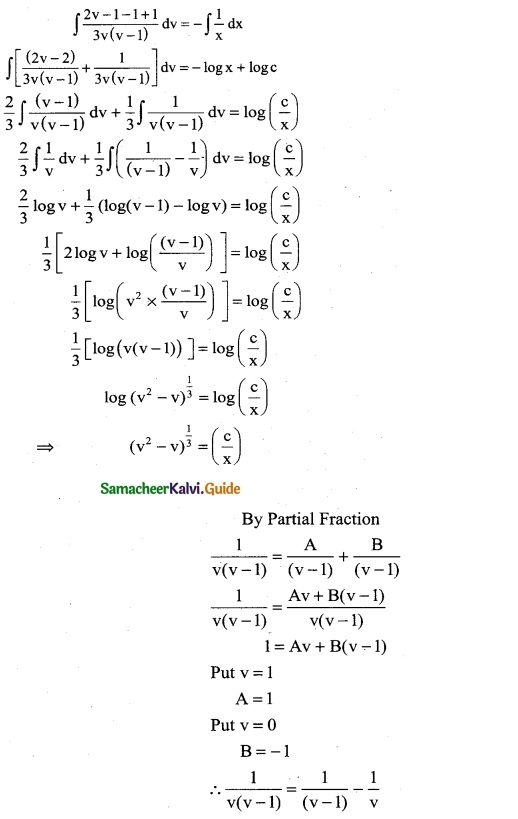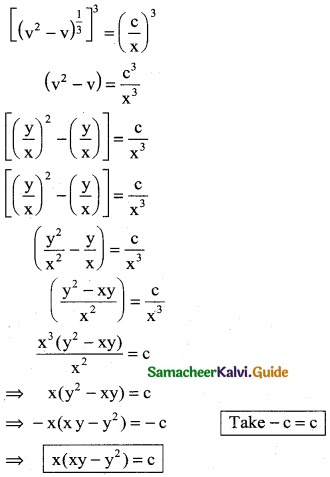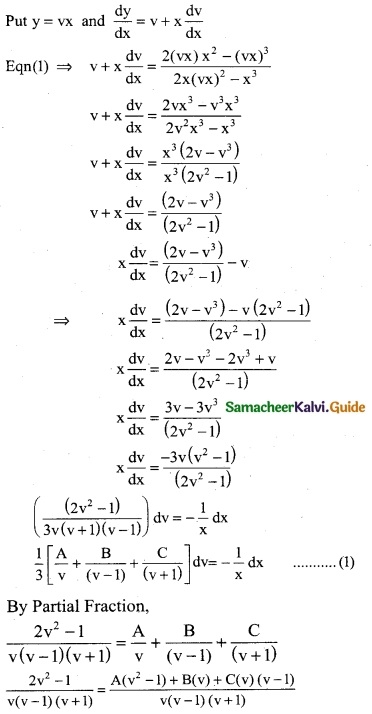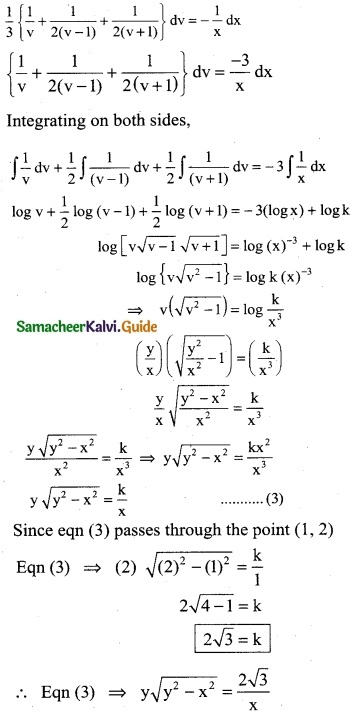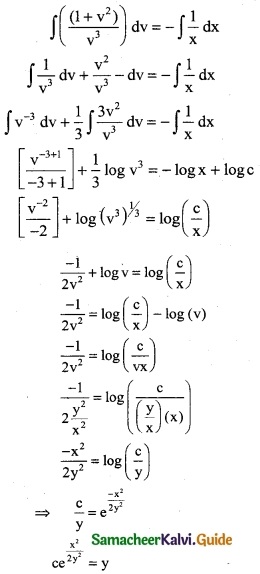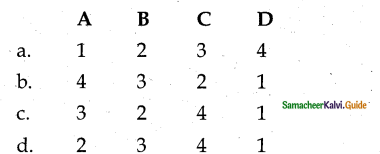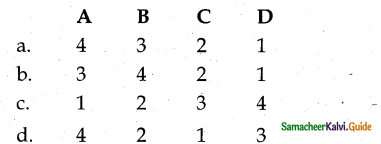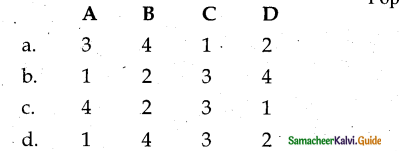Subject Matter Experts at SamacheerKalvi.Guide have created Tamilnadu State Board Samacheer Kalvi 12th Computer Applications Answers Solutions Guide Pdf Free Download in English Medium and Tamil Medium are part of Samacheer Kalvi 12th Books Solutions.
Let us look at these TN Board Samacheer Kalvi 12th Std Computer Applications Guide Pdf of Text Book Back Questions and Answers, Notes, Chapter Wise Important Questions, Model Question Papers with Answers, Study Material, Question Bank and revise our understanding of the subject.
Students can also read Tamil Nadu 12th Computer Applications Model Question Papers 2020-2021 English & Tamil Medium.
Samacheer Kalvi 12th Computer Applications Book Solutions Answers Guide
Samacheer Kalvi 12th Computer Applications Book Back Answers
Tamilnadu State Board Samacheer Kalvi 12th Computer Applications Book Back Answers Solutions Guide.
- Chapter 1 Multimedia and Desktop Publishing
- Chapter 2 An Introduction to Adobe Pagemaker
- Chapter 3 Introduction to Database Management System
- Chapter 4 Introduction to Hypertext Pre-Processor
- Chapter 5 PHP Function and Array
- Chapter 6 PHP Conditional Statements
- Chapter 7 Looping Structure
- Chapter 8 Forms and Files
- Chapter 9 Connecting PHP and MYSQL
- Chapter 10 Introduction to Computer Networks
- Chapter 11 Network Examples and Protocols
- Chapter 12 DNS (Domain Name System)
- Chapter 13 Network Cabling
- Chapter 14 Open Source Concepts
- Chapter 15 E-Commerce
- Chapter 16 Electronic Payment Systems
- Chapter 17 E-Commerce Security Systems
- Chapter 18 Electronic Data Interchange – EDI
We hope these Tamilnadu State Board Class 12th Computer Applications Book Solutions Answers Guide Pdf Free Download in English Medium and Tamil Medium will help you get through your subjective questions in the exam.
Let us know if you have any concerns regarding TN State Board New Syllabus Samacheer Kalvi 12th Standard Computer Applications Guide Pdf Text Book Back Questions and Answers, Notes, Chapter Wise Important Questions, Model Question Papers with Answers, Study Material, Question Bank, Formulas, drop a comment below and we will get back to you as soon as possible.
